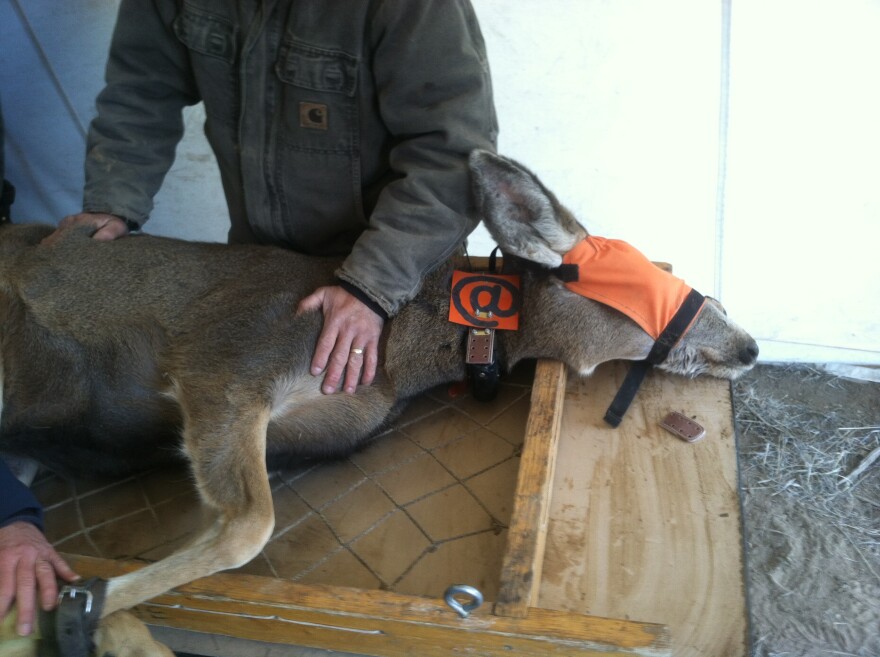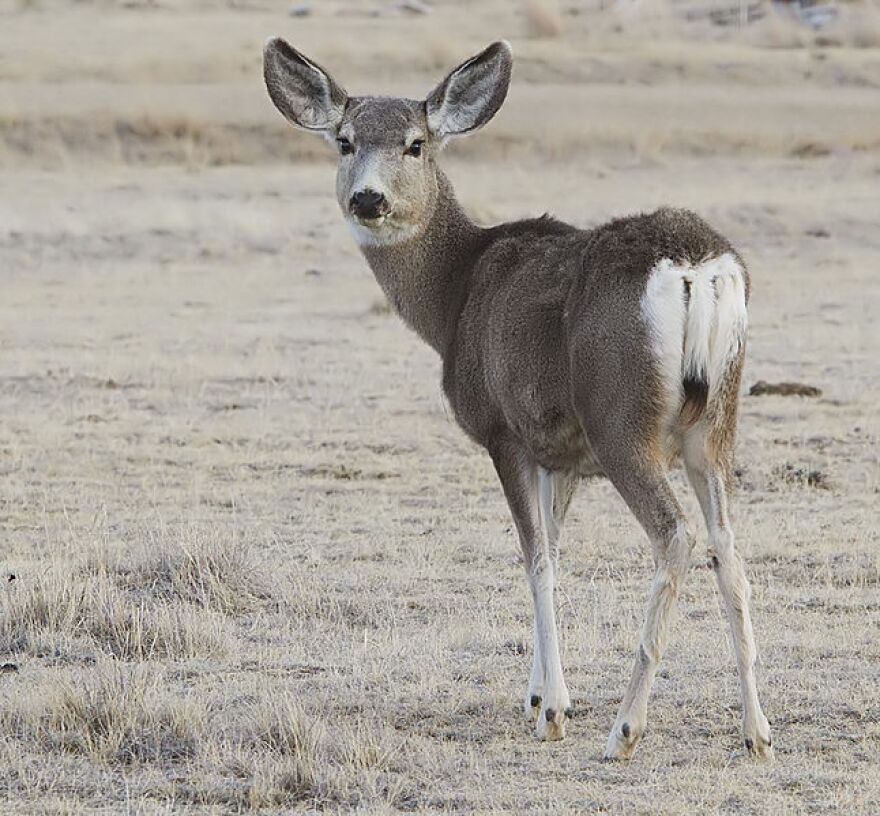For wildlife biologists, there’s nothing like winter for getting out and counting big game from the air. For Parks and Wildlife Researcher Chuck Anderson it’s also the time of the year to check on the intersection of mule deer and natural gas exploration on the Western Slope.
That’s the topic of a 10-year study underway in the Piceance Basin. Here the animal population is down by about 50 percent compared to what it was in the ’70s.
Funded by several oil and gas companies, the research looks at animal health and the different ways behavior is changing with development.
Last winter, Anderson and other researchers introduced different mitigation efforts designed to address human activity and habitat degradation for the deer across the 400 square mile research area. It involves removing timber and releasing grasses and shrubs in small treatment areas.

“Basically that enhances deer forage,” said Anderson, who added that there are several small areas like this over the vast landscape.
By making habitat improvements, Anderson says this creates the ideal environment and food type that the deer prefer. This is important because while the vegetation loss from building well pads is small, Anderson says there’s an indirect habitat loss during the time of development.
“So the actual habitat loss is larger than the area that’s disturbed,” he said.
Ultimately Anderson says the hope is to improve food, and boost deer loyalty to specific sites. Researchers in the Piceance Basin are also tracking deer health, and studying how the animals react to development activity during their migration period.
The study wraps up in 2018.







